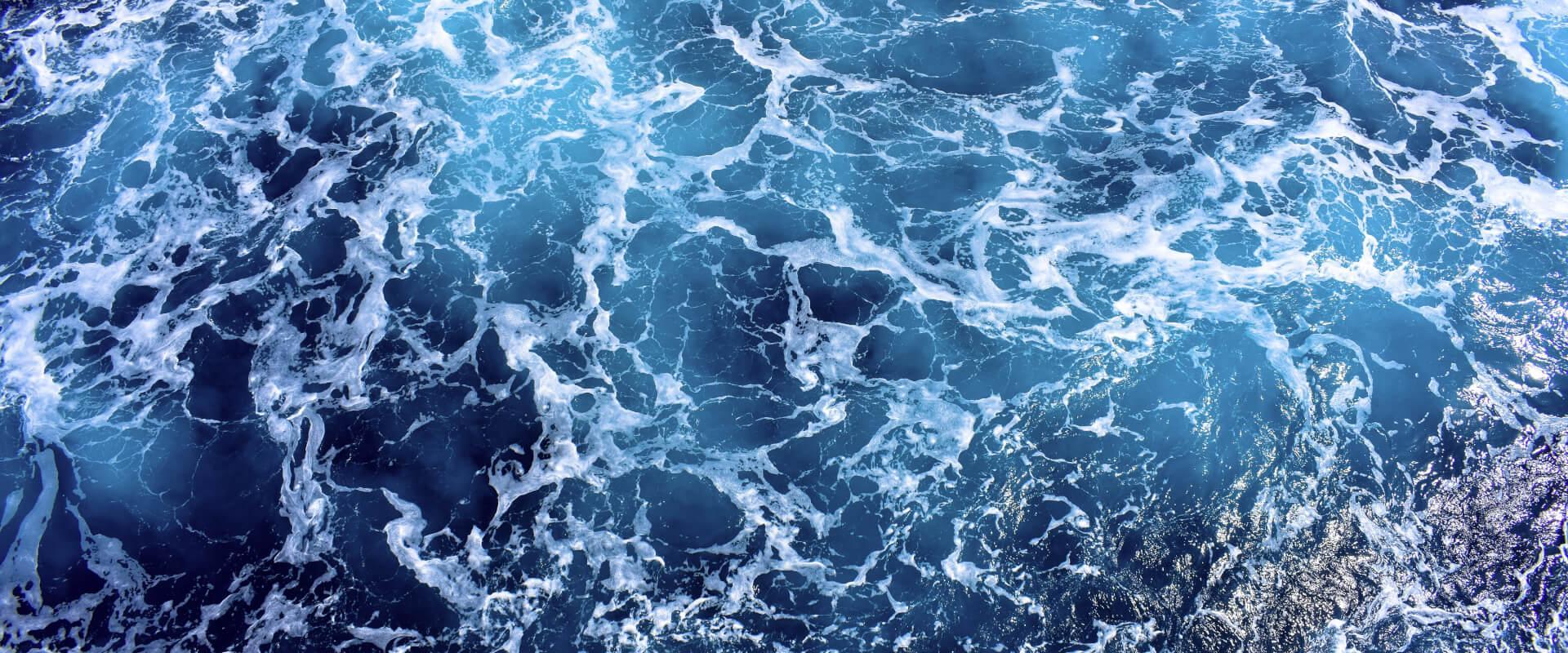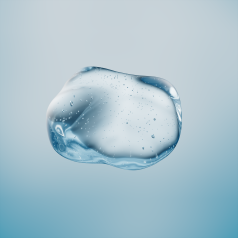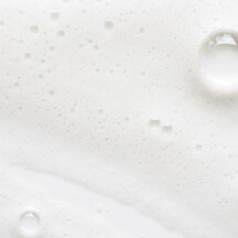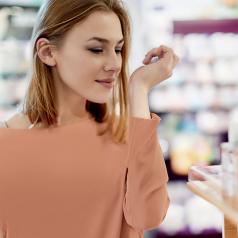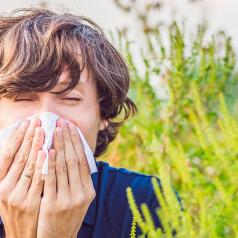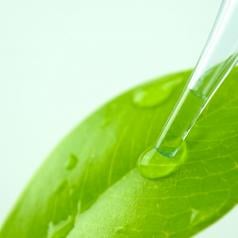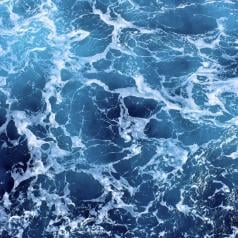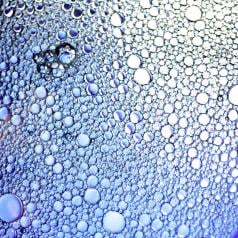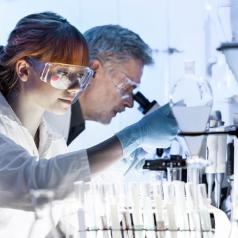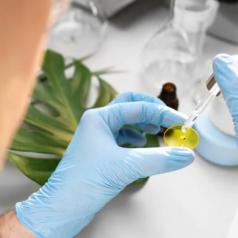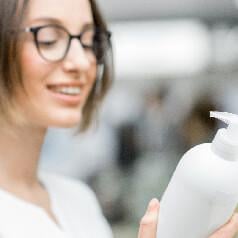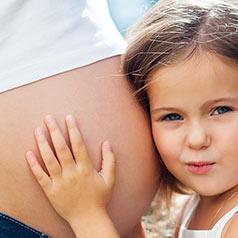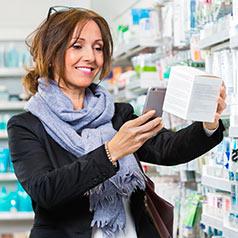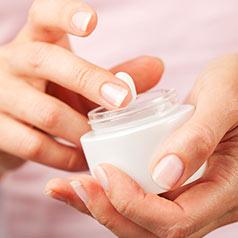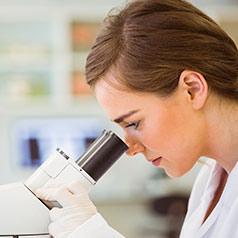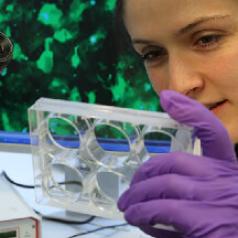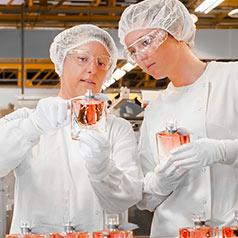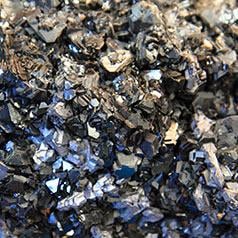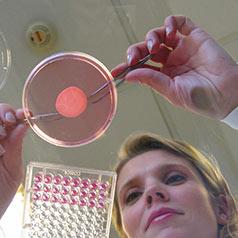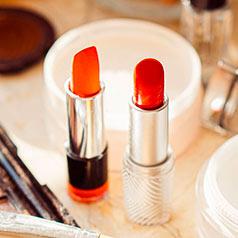When used, some of our products may be released into the aquatic environment through the wastewater system for example. For this reason, we carefully evaluate the impact of our ingredients and products on both inland and coastal aquatic ecosystems.
Our dedicated platform
A test platform has been developed in our Environmental Research Laboratory, created in 1995, to evaluate the impact of our products on the aquatic environment.
We test all our ingredients on three planktonic species representative of freshwater environments. As these species are at the base of the food chain, they are particularly sensitive to environmental disturbances and are good indicators of the general state of an ecosystem.
Focus on marine ecosystems
Coastal areas are the most populated regions and 80% of marine biodiversity is found along the seacoast. However, a proportion, even tiny of UV filters reach coastal waters either directly when people are swimming or indirectly through the wastewater system. We therefore decided to extend the scope of our investigation by developing a specific platform for testing in the marine environment and thus evaluate the potential effects of our sun formulas on marine organisms.
The tests are carried out on four planktonic species representative of marine environments. Since its creation, more than 120 sun formulas have been tested on this platform.
On our platform, we have developed a new approach to testing corals, in cooperation with the Scientific Centre of Monaco. These specific tests measure one of the key parameters of coral reef bleaching: photosynthesis of micro-algae living in symbiosis with corals. In addition to this collaboration, we also work in partnership with specialized research teams, such as the Criobe and the Tara Foundation.
Tests have shown that the organic filter systems we use do not cause coral bleaching and do not affect the ability of micro-algae to photosynthesize. In our tests, corals are exposed for 5 weeks to sunscreens in the laboratory at concentrations much higher than those found in the marine environment.

Standardised methods, optimised by our teams
All the tests carried out on freshwater and marine aquatic species used methods recognised and standardised by the OECD[1] or ISO[2], with the exception of our test on coral development. For corals, our teams have optimised some of these methods to gain in precision and effectiveness. For example, the standardised tests on microalgae, used to assess the impact of products on the growth of these organisms, have been miniaturized in our laboratory to make it possible to test a wider range of concentrations. This also makes it possible to automate and thus simplify the tests. The measurement process and reading of the results is also optimised.
All these methods enable us to study the persistence, bioaccumulation and ecotoxicity of the compounds in aquatic environments. Thus, we can select ingredients that are biodegradable or have the least impact on ecosystems. For each ingredient, a safety threshold for the tested organisms is determined using the tests carried out. We use concentrations well below this threshold and apply a safety margin to minimize the environmental impact of our products.
By the year 2030, all our formulas will be evaluated on our environmental testing platform, to ensure their innocuousness on the diversity of aquatic continental and coastal ecosystems.
[1] OECD: Organisation for Economic Cooperation and Development. This organization is, among other things, responsible for standardising test methods on chemical substances
[2] ISO: International Organization for Standardisation

